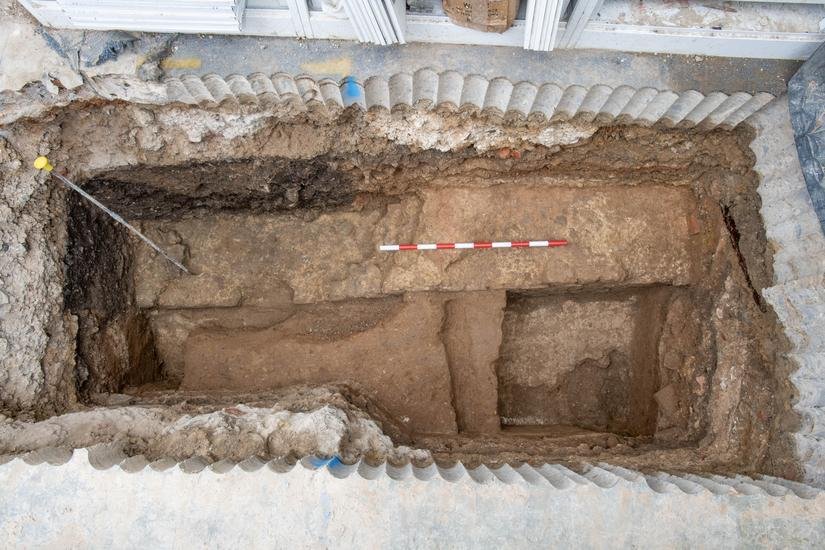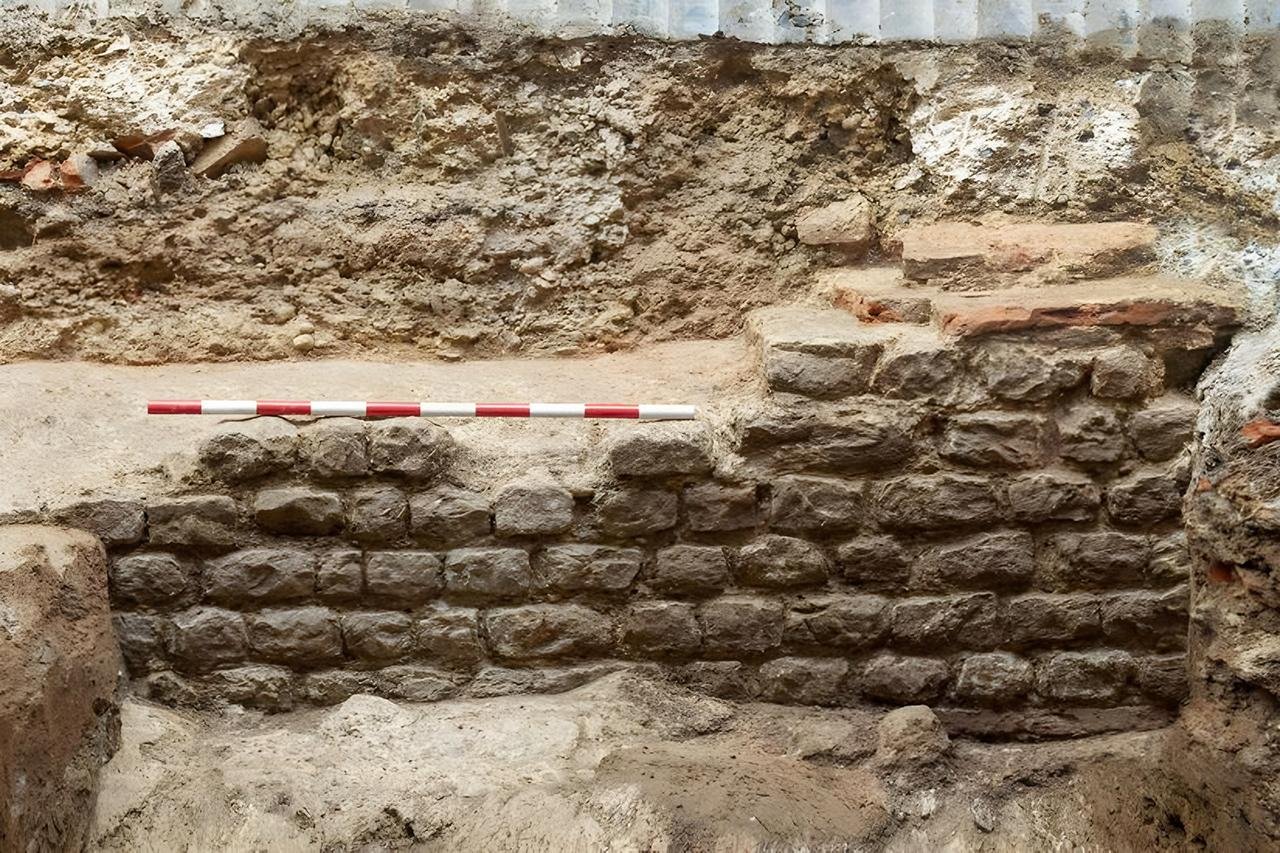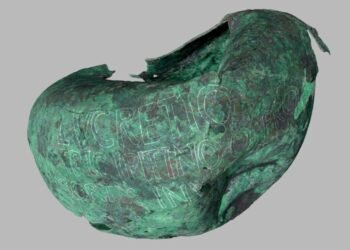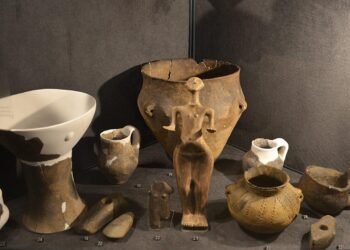Beneath a London office block lies a remarkable discovery that has revealed the foundations of the city’s first Roman basilica—one of the most substantial archaeological finds in recent years. Situated at 85 Gracechurch Street, the remains of this 2,000-year-old structure have deepened knowledge of the founding and development of Londinium, a Roman settlement that preceded modern London.

A team of archaeologists from the Museum of London Archaeology (MOLA) unearthed substantial remnants of the basilica’s foundations built from flint, ragstone, and Roman tiles. The basilica was about 40m long and 20m wide, two-and-a-half stories tall, and was the administrative, economic, and political center of Roman Britain.
According to Sophie Jackson, the Director of Development at MOLA, “This is one of the most significant discoveries made in the City in recent years. It’s like discovering the Speaker’s Chair and chamber of the House of Commons, 2,000 years into the future. The level of preservation of the Basilica has far exceeded our expectations, and we have possibly the most important part of the building. We look forward to discovering more about these remains.”
The basilica was part of Londinium’s forum, a magnificent complex that served as the city’s epicenter of social, commercial, and legal activity. Constructed initially circa 80 CE, when Agricola was governor (78-84 CE), this building was a symbol of Roman authority, with an open courtyard providing the necessary meeting space for merchants, officials, and citizens to trade, conduct judicial proceedings, or deliver civic proclamations. The tribunal (a raised platform within the basilica) was likely where magistrates and officials made crucial decisions that shaped Roman London.

However, this forum and basilica were in use for only about 20 years before being replaced by a much larger structure. By the second century CE, Londinium had become one of the largest cities in Roman Britain, surpassing Camulodunum (modern Colchester) as the provincial capital, with an estimated population of 45,000-60,000.
The discovery has prompted a major change in redevelopment plans for the site’s owners, Hertshten Properties. Plans are underway for all the remains to be excavated and incorporated into the new office development. Meanwhile, the architects at Woods Bagot, in conjunction with the contractors and the archaeologists, have redesigned the project to include a public exhibition and an events space in the basement level, allowing public access to the ancient structure.

These discoveries are part of a broader mosaic of discoveries from London’s Roman past. Other finds include portions of a Roman amphitheater on display beneath the Guildhall Art Gallery and the Temple of Mithras, currently an immersive exhibition in Bloomberg’s London offices.
More information: Museum of London Archaeology





















